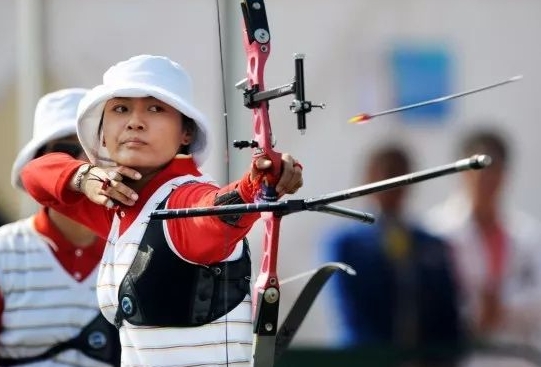Release time:2025-02-07 15:25:15Clicks:author:SPG ArcheryMain categories:Bows, Arrows, Archery Accessories

The bowstring is an important part of the basic technique of archery and the basis for shooting a good arrow. It keeps the muscles of each part tense after the bow is opened to balance the tension of the bow, and is the prerequisite for the continuous and correct use of the muscles of each part.
Method of bowstring
Submandibular positioning: the thumb is naturally bent and pointed to the palm, the index finger is placed under the jawbone, and the bowstring is aligned with the center of the nose, mouth and chin.
Lateral positioning: The basic requirements are the same as the submandibular positioning method, except that the bowstring is placed at the corner of the mouth after the bow is opened (for left-handed bow holders). This method of bowstring has a certain compensatory nature and is generally suitable for archers with shorter forearms. This method can increase the angle of the clavicle and humerus, so that the longitudinal axis of the forearm is closer to the shooting plane, which is conducive to the use of the back muscles.
Characteristics of bowstring
When the bowstring action ends, the basic archery posture is formed. The biggest feature at this time is that the actions of each part must be fully ready according to the technical specifications. Because the end of the action of leaning on the string is the beginning of the action of aiming, and the beginning of continuous force, and then enters a new and more important stage, so the action of leaning on the string must be in place, otherwise it will cause damage and interference to the next action.
After leaning on the string, the basic posture is formed, and the basic force of archery - linear force, is also formed.
Linear force refers to the bow holding arm supporting forward toward the center of the target and the string pulling arm moving in opposite directions with the active traction of the back muscles (mainly the rhomboid muscles and the middle part of the trapezius muscles), thus forming two forces of equal strength and opposite direction, acting on a straight line.
From ancient times to the present, good archers have attached great importance to the training of basic posture and action, because it is the basis for improving archery skills. The more solid, reasonable, relaxed and natural this foundation is, the longer the working ability can be maintained and the actions of the following links can be completed at will.